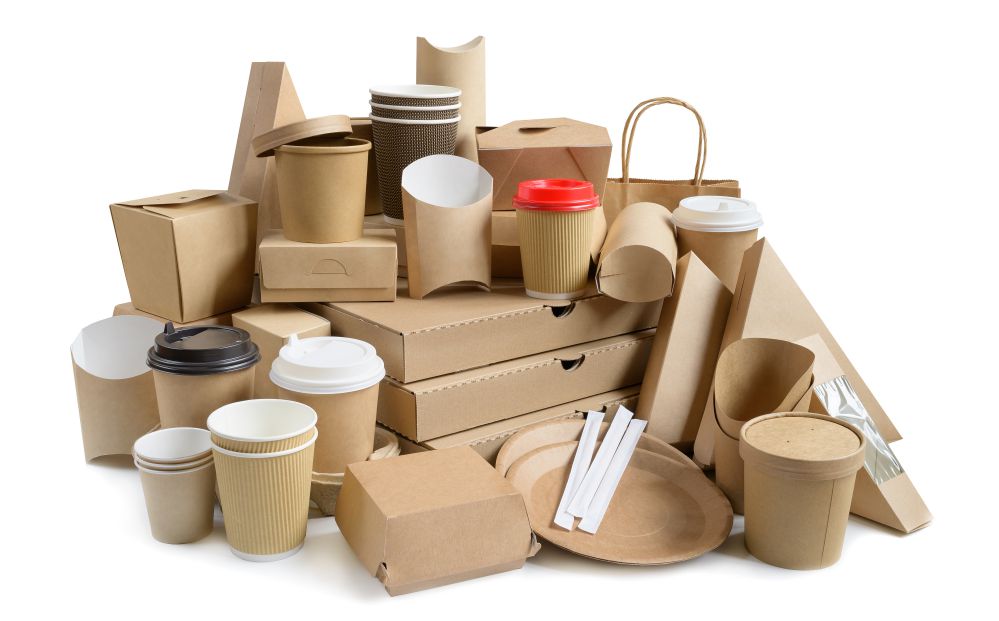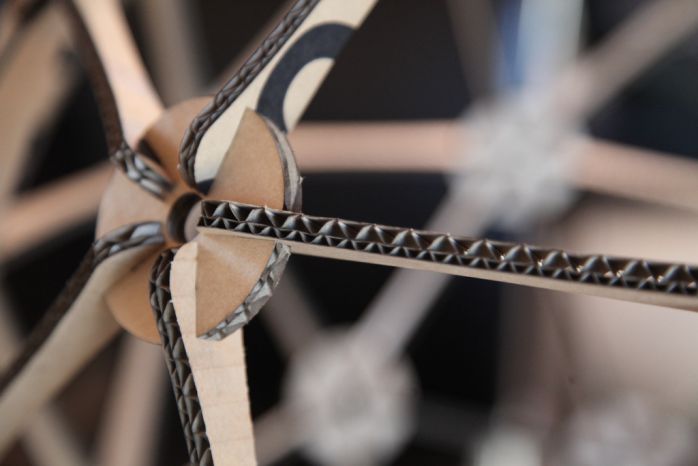Until recently and partly still, industrial processes were focused on mass production. This encouraged a tendency to standardize products and processes, to reduce the number of possible customizations and to maximize the number of pieces produced thus increasing the company’s profit.
A production paradigm of this kind could work as long as the relationship between producers and customers was controlled by one side. The market bought what the producer offered. Recent technological advances, combined with changes in the market and client requests, have brought about a paradigm shift.
Highly customized forms of production, which were previously economically unsustainable, are now possible thanks to the use of technology and digital manufacturing processes.
Laser is the cornerstone of this change and has revolutionized many sectors allowing the reduction of production costs, the speeding up of production and the possibility of creating customized products on a mass scale.
This last statement might seem like a paradox, but to fully understand its scope, one must change the traditional way of looking at industrial production processes.
Think like a laser
The acquisition of a laser system is not just the acquisition of a new machine. It also requires the adoption of a new way of thinking about production. It becomes necessary to know the advantages that laser offers, exploit its strengths and use it productively and economically.
Let’s go over laser technology’s strengths point by point: versatility, precision, cleanliness, speed and lack of contact.
Versatility
Laser is versatile on many levels. First, CO2 laser can work with a wide range of materials. This type of laser gives its best results on materials of organic derivation (wood, paper, cardboard, leather, fabrics, acrylic plastic materials, etc.) on which it can effectively perform any type of processing. On the other hand, CO2 laser has a more restricted range of applications on metallic materials, particularly in the field of laser engraving and marking or for surface treatments such as paint removal.
Precision
The very nature of the laser beam makes it a highly controllable tool. Its parameters and features are easily managed with a software, and they can be set according to the desired result. This feature of laser has paved the way for precision machining and made it possible to create perfectly calibrated pieces based on the functions for which they were created.
An example of this type of application is the perforation and cutting for food industry. For this particular type of packaging, holes are made on the surface of the plastic film to improve the breathability of fruit and vegetables. The perforations vary depending on the product’s characteristics.
This is just one example of the applications made possible by laser technology. Other examples include the perforation of leather for car interiors, the manufacture of pipes for irrigation, the microperforation of instruments for the health sector.
Cleanliness
Of all the machining processes based on the removal of material from a workpiece, laser is the one that produces the least residue because the material is removed by sublimation. Even the processing waste (i.e. the parts of unused raw material) can be reduced thanks to nesting, which is managed by a special software.
Computer control makes it possible to make the most of the work surface. In most cases, one can obtain more finished pieces from the same material using this technology than with traditional methods. In this respect, laser represents a leap in quality if compared to other processes based on chip removal, or on the use of various types of abrasive fluids.
Moreover, the need to remove production waste is reduced. The laser beam concentrates high energy on the processed material which, undergoes chemical-physical alterations that cause its instant removal.
This feature makes laser ideal for all the industrial sectors where the absence of processing waste and a clean production environment are key. Consider, for example, the field of electronics, the medical device sector, and the packaging sectors.
The absence of waste and other residue also has an economic advantage: in fact, the cuts made with the CO2 laser do not need further finishing. They are performed without leaving the slightest trace of material behind. Each piece therefore takes less time and money to produce.
Speed
In industrial processes, the speed at which work is performed is a fundamental requirement.
Laser is capable of performing work at a very high speed. This feature is particularly evident in the execution of complex design operations.
Processes such as the engraving of barcodes and identification codes, the decoration of fabrics, or the cutting of complex shapes are carried out practically instantaneously by a laser beam.
But even slow and expensive processes such as fabric finishing can be effectively replaced by a CO2 laser. A previous article explored the finishing of denim fabric through laser scanning processes. In the past, the discoloration of jeans was performed using very slow chemical processes, which were expensive in terms of resources and extremely polluting.
The integration of laser in the production chain of these products has made it possible to significantly speed up the production process, achieve considerable savings in terms of resources, as well as reduce the ecological footprint.
Lack of contact
Laser is a non-contact process, a feature that comes with many benefits.
Firstly, tool wear is limited. As a result, maintenance costs are reduced. The laser beam, (the instrument that physically performs the processing), emits a coherent and focused beam of light. Since there is no mechanical contact between the tool and the material, it wears less.
Of course, even a laser source needs routine maintenance. The laser-producing medium, CO2 gas, is consumed over time. The self-refilling technology developed by El.En. for its laser sources has made it possible to greatly reduce maintenance. The gas can be refilled in-house which reduces the machine’s periods of inactivity.
The lack of mechanical limitations on laser movement, the small diameter of its radius and the possibilities offered by numerical control combine to give very high tolerances during production. Engraving or cutting complex shapes become extremely simple. This is a feature that makes laser an ideal choice for all the sectors that use design to get a competitive edge, such as fashion.
It is clear that the introduction of laser in the production process is advantageous for all the applications where personalization, speed and production flexibility are decisive.
Companies that deal with productions with a high level of customization, which need precise processing, which must respond to a market with multiple demands, can compete in a cost-effective way with other companies that make economies of scale their strength.
Whatever your application is, please, contact us using our form. We will be glad to support you with our experience!




